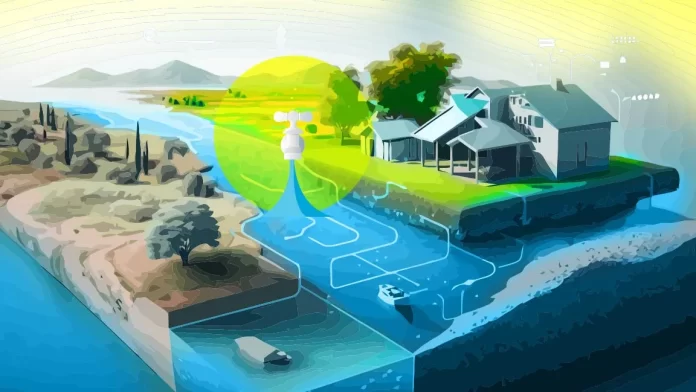Climate change and population growth have made responsible water management a global issue in recent years. Thankfully, technological innovations deliver data-driven insight for better-informed policy to water utilities by digitalizing traditional procedures. Water conservation firms are pushing the boundaries of desalination, wastewater treatment, and water-saving technologies in response to the water shortage. Moreover, cutting-edge filtration and creative materials transform conventional water recovery and reuse techniques into affordable and sustainable answers. Let us look at some innovative solutions for water conservation:
Wastewater processing
Table of Contents
There has been a large-scale release of wastewater into the environment without sufficient prior treatment. Freshwater reserves are contaminated when industrial and domestic water waste is not controlled. However, new developments in wastewater treatment are attempting to recover discarded water from many sectors efficiently.
Advanced oxidation techniques, adsorption/biosorption, and anaerobic and biological solutions are promising technologies. They efficiently remove contaminants from wastewater using microbial decomposition and lessen the quantity of sludge generated when combined with sun irradiation. Wastewater processing methods minimize contaminants to meet water demands.
Use of appropriate mechanical seals
Managers and factory employees must be aware of any plumbing leaks regarding the commercial use of water. One of the most important procedures that any industrial facility that plans to use water must consider is the usage of appropriate mechanical seals.
Manufacturing facilities use enormous volumes of water, even for flushing. In these situations, it is recommended to employ a double mechanical seal, which eliminates the need for additional water to keep the seals clean and cool. It is possible to conserve up to 99% of the plant’s water by installing a dual mechanical seal support system. Additionally, installing a high-quality seal prolongs the life of pumps and lowers the likelihood of malfunctions and repair needs.
Flood prevention
Due to global warming, there is a greater chance of severe droughts and floods. New developments include better gadget designs and tools for tracking, predicting, and modeling catastrophic events. Improved flood blocks, dams, property guardians, and water gates ensure a prompt reaction to the calamity. Furthermore, it is now possible to capture data about clouds and other impediments through drones and satellite-based devices.
Decentralized water recycling
Systems for decentralized water recycling can gather hundreds of gallons of water annually. These systems collect greywater from sinks, showers, bathtubs, and laundry drains. They then filter and disinfect the water, ensuring it is safe for irrigation and other similar purposes.
They are among the decade’s most environmentally friendly water solutions, helping property owners save money on their water bills. The best greywater recycling systems available today utilize disinfection technology to recycle water and eliminate pollutants to make it fit for reuse in residential or commercial settings.
Rainwater harvesting
Integrating innovative technology for rainwater harvesting has become a feasible choice for residences and companies worldwide, repurposing rainwater that frequently ends up down the drain. Rainwater harvesting is an innovative way to recycle easily accessible water. After rainwater enters the storage tank, it goes through five harvesting stages, from pre-filtration to point-source treatment. Rainwater is recyclable in equipment like washing machines and toilets, just like greywater.
Conclusion
Water management companies utilize digitalization, material science advancements, and hydrological engineering technologies to purify, preserve, and repurpose water efficiently.







